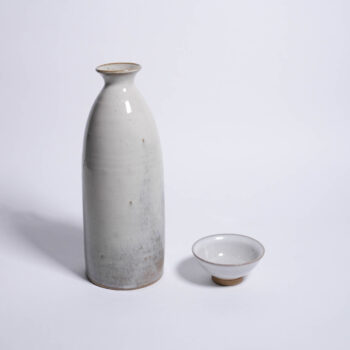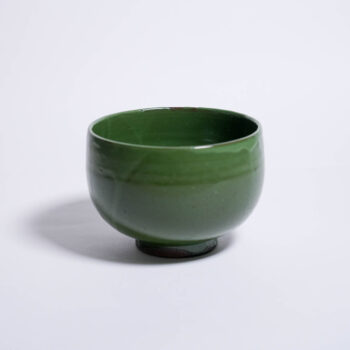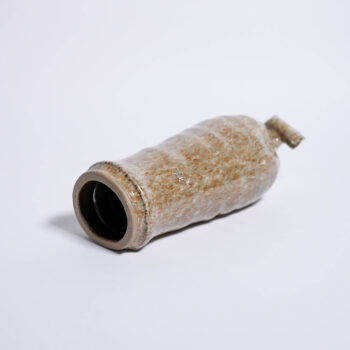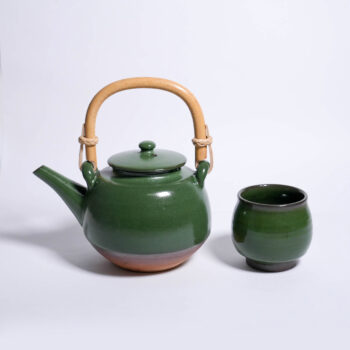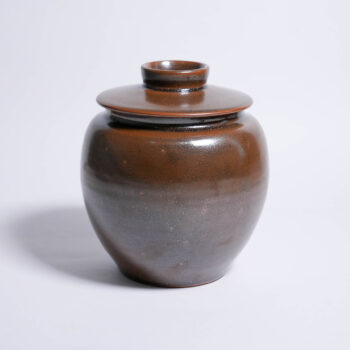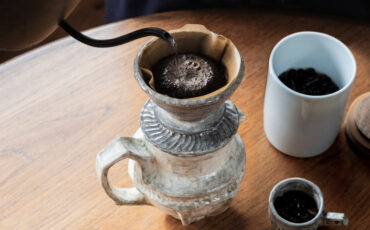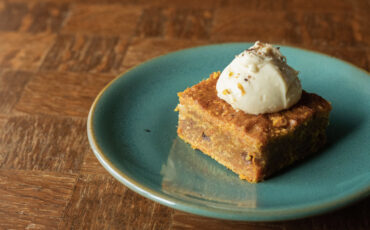History of Mori-yaki

The Origins of Mori-yaki
Mori-yaki pottery dates back to the Bunka and Bunsei periods, when Matsubara Kyūbei, a samurai of the Mori Domain, invited potter Ishihara Zen'emon to excavate local clay and brought in skilled artisans from Fushina. In 1844, during the first year of the Kōka era, they began crafting everyday pottery, establishing the pottery industry in Mori Village (now Uduki Otani). The area's high-quality clay led to the creation of many kilns; however, by the Meiji period, most had shut down, leaving just one kiln in present-day Toyooka that continues the Mori-yaki tradition today.

In 1890, Riichi, the son of Inagaki Shōhei, established his own kiln, known as the Inagaki Kiln, where he initially focused on producing everyday household items. Later, successors Tomoyoshi and Sukeichi expanded the kiln’s offerings to include rough kitchenware, plant pots, sake bottles, dining ware, and artistic pieces like matcha bowls and flower vases. After World War II, Hiroshi Inagaki took over the kiln at a young age, dedicating himself to creating household goods and folk crafts. He also worked to revive traditional Mori-yaki items, including blue-glazed Botebote tea bowls, rice bowls, Tobikanna-patterned Yukihira pots, and plates with comb patterns.

About the Products

Characteristics of Mori-yaki
Mori-yaki pottery is famous for being fired in the Izumo region's largest seven-chamber climbing kiln. Using local natural resources—clay, glazes, and pinewood fuel—Mori-yaki is celebrated as a self-sufficient folk kiln. Pottery fired annually in this climbing kiln is prized for its unique textures, created by kiln variations, and its simple, rustic glazes that lend a deeply appealing character.

Today, the remaining kiln faces deterioration due to a lack of successors, but local groups are rallying to support its restoration after disaster damage. The Mori Art Club and local pottery classes host an annual kiln-firing event, keeping this cultural tradition alive for future generations.




